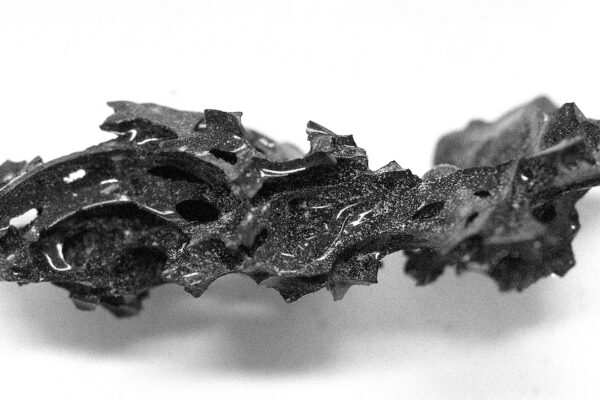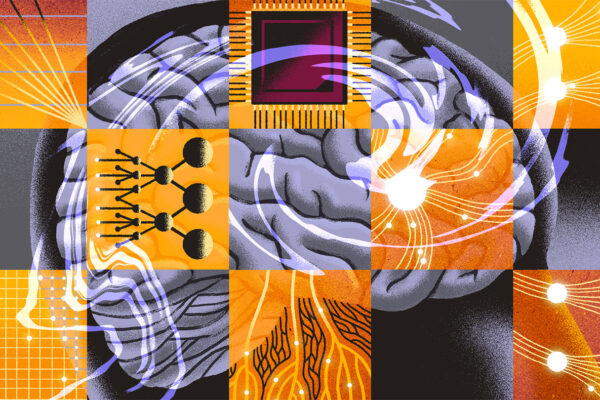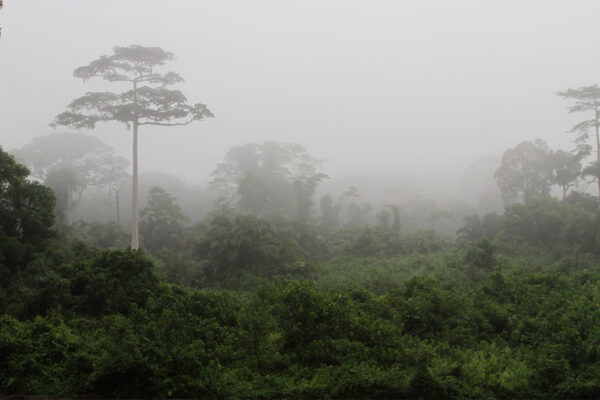
Robots are gaining new capabilities thanks to plants and fungi
Robots are gaining new capabilities thanks to plants and fungi

Robots are gaining new capabilities thanks to plants and fungi

The eruption of Mount Vesuvius in A.D. 79 is perhaps most famous for entombing the Roman city of Pompeii. But in nearby Herculaneum, also buried in the eruption, the preserved skeleton of a young man lying in bed contained a surprising find: glass remnants of his brain. When researchers studied the shiny samples, they saw…

Historically, married women in the United States have done the lion’s share of their households’ laundry, cooking and cleaning. But that gendered norm appears to be shifting, with the gap between the time married women and men spent on such chores shrinking by 40 percent over the last two decades, researchers report February 6 in…

With air filters and weekly wipe-downs and vacuuming, NASA goes to great lengths to keep the International Space Station clean so that astronauts stay healthy. But astronauts still often experience health problems like immune dysfunction, skin rashes and other inflammatory conditions. One reason may be because the ISS might be too clean, a new study…

The tiny worm Caenorhabditis elegans has a brain just about the width of a human hair. Yet this animal’s itty-bitty organ coordinates and computes complex movements as the worm forages for food. “When I look at [C. elegans] and consider its brain, I’m really struck by the profound elegance and efficiency,” says Daniela Rus, a…

Humans lived under the leafy canopy of a West African rainforest by at least 150,000 years ago. Previously, the oldest secure evidence for humans living in African rainforests dated to about 18,000 years ago. The earliest human rainforest presence in the world had been placed at about 70,000 years ago in Southeast Asia. Now, new…